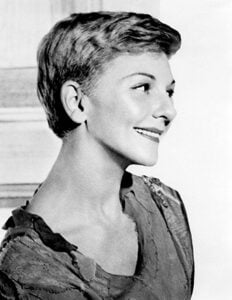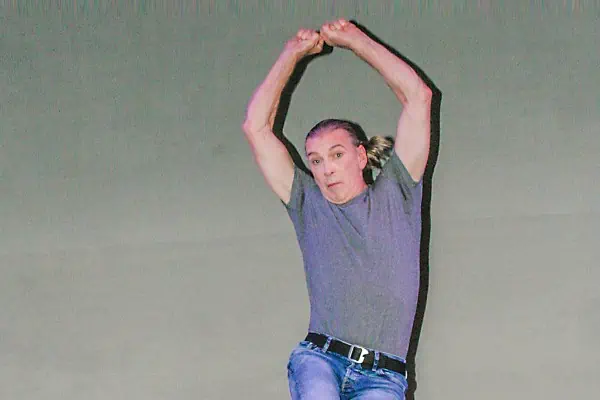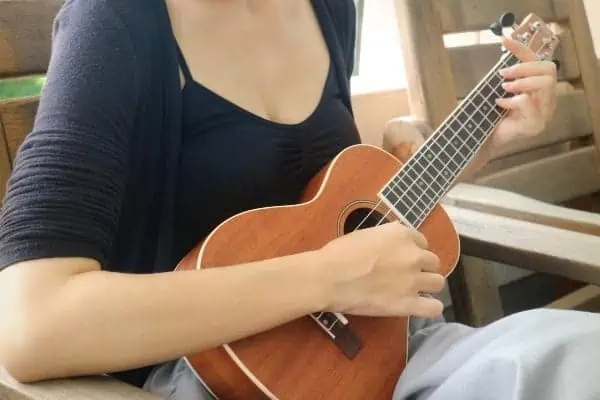
The time-honoured English tradition of the Christmas pantomime (known affectionately as just “panto”) was not part of my childhood. My British father did grow up attending pantos, before going on to become an usher in post-Victorian music halls. And one of my Canadian-raised nephews has played and sung the pivotal “Dame” role in many pantos in Hong Kong, where he lives.
Being cueball-bald is apparently no impediment, provided there’s a ready supply of flashy wigs and garish frocks at hand. For the benefit of those of us who weren’t weaned on this particular theatrical fare, it’s important to bear in mind various traditions, tropes, and stereotypes of an English-style panto.
For starters, it is primarily a children’s holiday entertainment, based on some variation or other of a well-known children’s tale. It will often include local references, or gags about current events. There may or may not be music or dancing involved, but there is at least one animal character (played by two heavily-disguised humans) galumphing around the stage.
By tradition, the male lead is played by a female. Take J.M. Barrie’s famous 1904 play, Peter Pan, for example, which came directly from the panto tradition.The title role of the boy who refused to grow up was usually played by a woman—including the landmark performances on Broadway and TV in the 1950s by Larry Hagman’s mom, Mary Martin.
By tradition, the Dame is played by a male, who may or may not be a sympathetic character, but often has some of the play’s most-withering dialogue. Think of Australian comic actor Barry Humphries, in his alter ego of Dame Edna Everage. This being children’s entertainment, audience members are encouraged to cheer for the hero (or heroine) and to boo the villain. At least one loud warning of “Behind you!” can be expected from the audience during any panto.
Oh, yes. The other crucial ingredient of this art form is witty dialogue (and action) that can play well on more than one level. The humour must be broad enough for the youngest audience members to enjoy, yet not enough to bore the adults to distraction. That’s where the cheeky British tradition of the double entendre comes to the rescue. The adults might groan at some of the child-friendly material, but—if it’s done properly—the “nudge-nudge, wink-wink” adult gags will sail right over the children’s heads.
This Christmas season, I get to make my panto acting debut in a delightful, Canadian-flavoured adaptation of the 1790 German story of Rapunzel, written and directed by my talented wife.
Not as hero, or Dame, nor even as the back half of a giraffe. But I’ll be there, anyway, trying to milk a slightly cheeky laugh or two.




